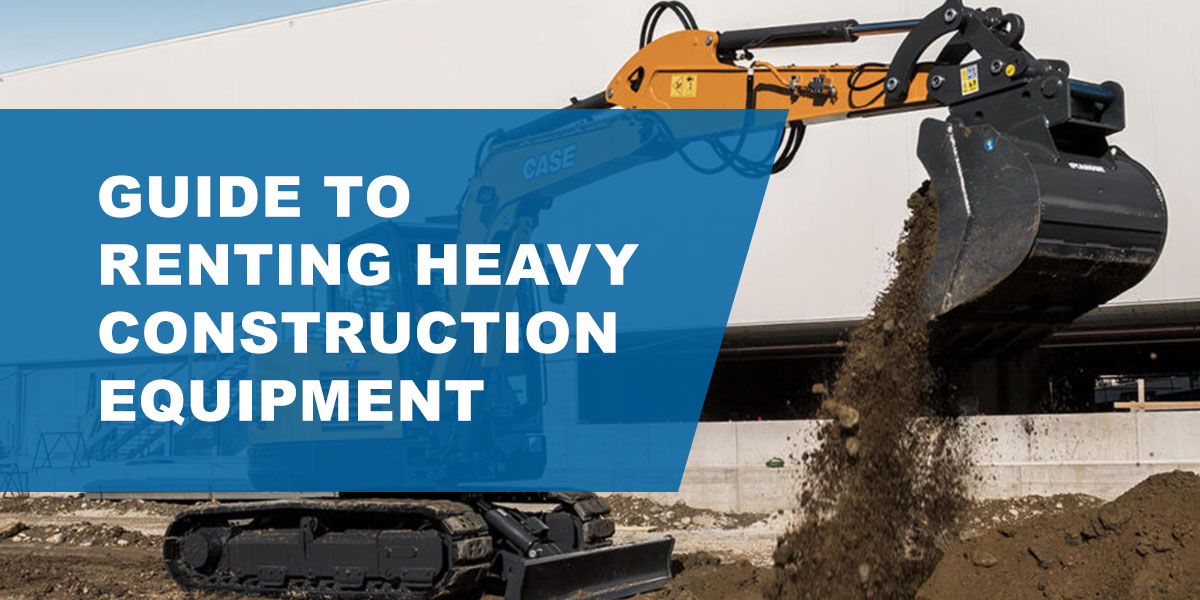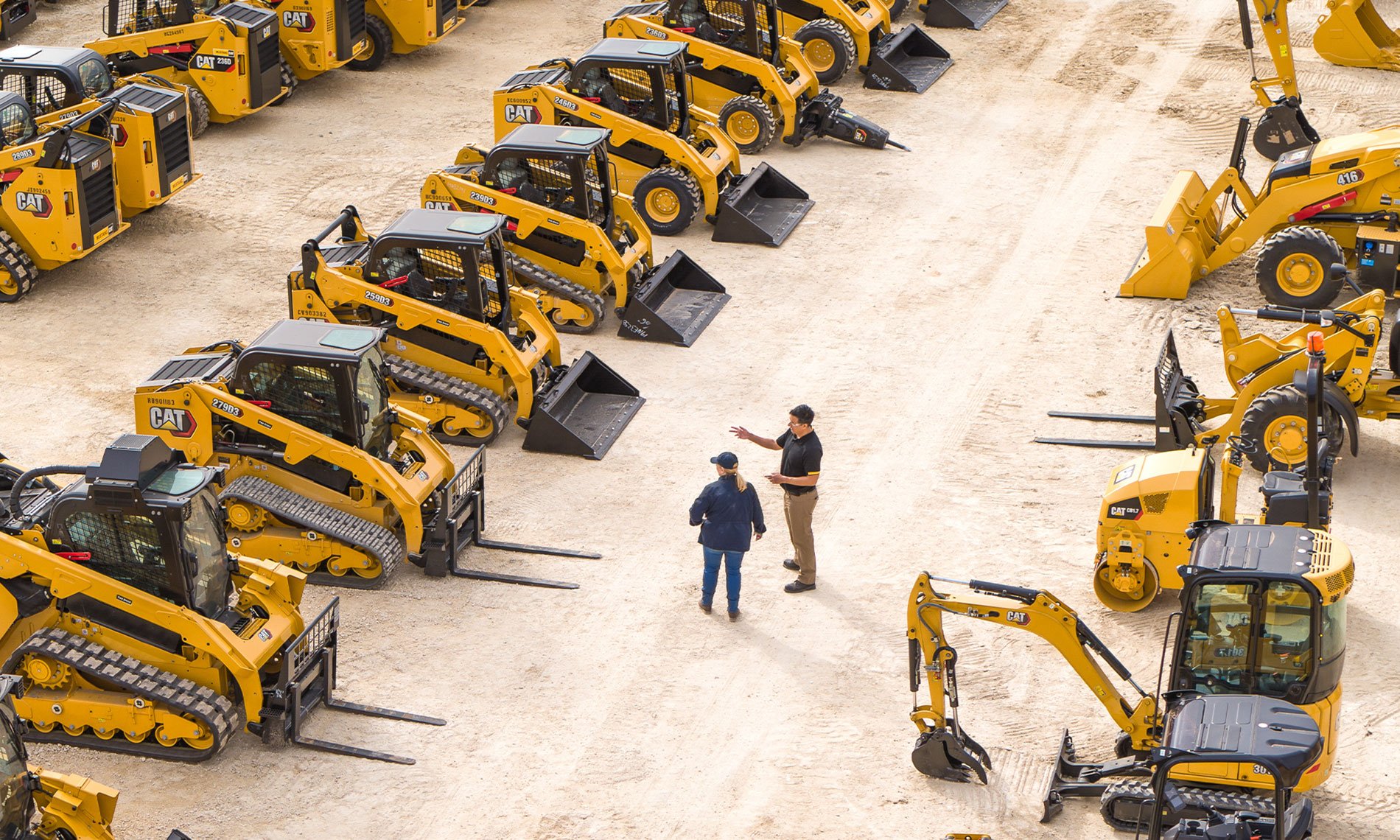Optimize Your Budget by Recognizing the Costs Related To Construction Tools Rentals
Comprehending the complete extent of costs linked with building and construction devices rentals is vital for optimizing your budget. What approaches can be utilized to effectively take care of these prices and ensure a much more reliable rental experience?
Overview of Rental Costs
When taking into consideration building equipment leasings, recognizing the connected prices is paramount for effective budgeting and project planning. Rental costs can differ substantially based upon a number of variables, consisting of equipment kind, period of service, and area. The initial rental fee typically mirrors the equipment's market demand and its connected operational abilities, influencing the general expense.
Along with the base rental price, supplementary costs might occur, such as transportation costs, gas additional charges, and upkeep fees. It is important to represent these added expenditures to properly assess the total expense of leasing tools. The rental period can affect prices; longer leasings may qualify for discounted prices, while temporary services could sustain greater day-to-day costs.

Breakdown of Rental Rates
A detailed understanding of rental prices is essential for contractors and task supervisors intending to maximize their budgets. Rental rates for building and construction tools generally contain several parts, including base prices, time-based charges, and usage costs.
Base rates are the core fees connected with the service of the equipment, usually identified by the type and dimension of the machinery. These rates can vary significantly, affected by aspects such as devices need, schedule, and regional market trends. Time-based costs, which might be daily, weekly, or monthly, serve to accommodate different task timelines and rental periods.
Furthermore, rental rates might include use costs, which are applicable when tools is used beyond a defined threshold, making sure that the rental business can account for damage. Seasonal demand fluctuations can additionally impact rental rates, with peak building and construction periods usually commanding higher rates.
In addition, comprehending the rental company's plans concerning upkeep and insurance can give additional understanding into the total expense structure. By examining these components, service providers can make educated choices, guaranteeing the option of rental equipment straightens with both project demands and budget restrictions.
Additional Costs to Consider
Understanding the ins and outs of added costs is crucial for contractors to manage their general leasing expenditures properly. Beyond the common rental rates, different extra costs can significantly affect the total expense of devices leasing. These charges commonly consist of distribution and pickup fees, which can vary based on distance and logistics included in carrying the equipment to and from the task site.
Furthermore, some rental business may impose gas additional charges if the equipment is returned with less gas than when rented out. It is additionally vital to understand possible cleaning costs, particularly for specialized equipment that requires detailed upkeep after usage.

Completely examining the rental agreement and clarifying these added charges upfront can help professionals guarantee and stay clear of unforeseen expenses that budgets continue to be intact throughout the task lifecycle.
Upkeep and Repair Expenses
Normal repair and maintenance costs are commonly neglected variables that can dramatically influence the overall expense of building tools leasings. When renting out devices, it is important to consider not only the click over here rental costs however also the possible costs connected with keeping the machinery in optimum operating condition.
Several rental business consist of basic upkeep as component of the rental agreement; nevertheless, much more unanticipated break downs or considerable repairs can bring about additional expenses. It's important to review the rental contract very carefully to understand what upkeep solutions are covered and what responsibilities fall on the tenant.
Moreover, tools that is not well-kept can bring about inefficiencies on the task website, potentially raising and causing delays job expenses. To alleviate these threats, it is advisable to conduct regular evaluations and preserve open interaction with the rental service provider relating to any type of problems that develop during usage.
Insurance Policy and Responsibility Expenses
Insurance coverage and obligation expenses are vital elements that can dramatically influence the general click here for more cost of building equipment rentals (equipment rental company). These costs make certain that both the rental firm and the customer are safeguarded from potential financial losses arising from crashes, damages, or theft throughout the rental duration

In addition, clients must know any deductibles or exemptions in the insurance policy, as these can influence prospective out-of-pocket expenditures. Recognizing the conditions of any insurance policy protection is important to avoid unforeseen expenses. Ultimately, budgeting for insurance policy and liability costs can aid guarantee a smoother rental experience and protect versus monetary threats connected with building and construction projects.
Final Thought
Finally, an extensive understanding of the expenses related to construction tools services is important for reliable budget monitoring. By evaluating rental prices, added costs, maintenance costs, and insurance policy companies, requirements and individuals can reduce unforeseen expenditures. This calculated strategy not just boosts cost-effectiveness however additionally ensures that projects progress smoothly and efficiently. Ultimately, informed go to this web-site decision-making pertaining to equipment rentals adds to the overall success of construction endeavors.
Rental prices can differ substantially based on a number of elements, consisting of devices type, period of leasing, and place (heavy equipment rental). The rental duration can influence rates; longer leasings may certify for reduced rates, while temporary rentals may incur greater everyday charges
By performing complete research study and engaging with credible rental companies, contractors can properly navigate the intricacies of rental prices, ultimately maximizing their economic resources.
Past the conventional rental rates, different additional fees can significantly affect the total expense of equipment leasing. Rental companies commonly offer liability insurance that covers injuries to third parties or damage to residential or commercial property, while devices damages insurance policy can cover the price of repairs or substitute if the rented out devices is damaged.